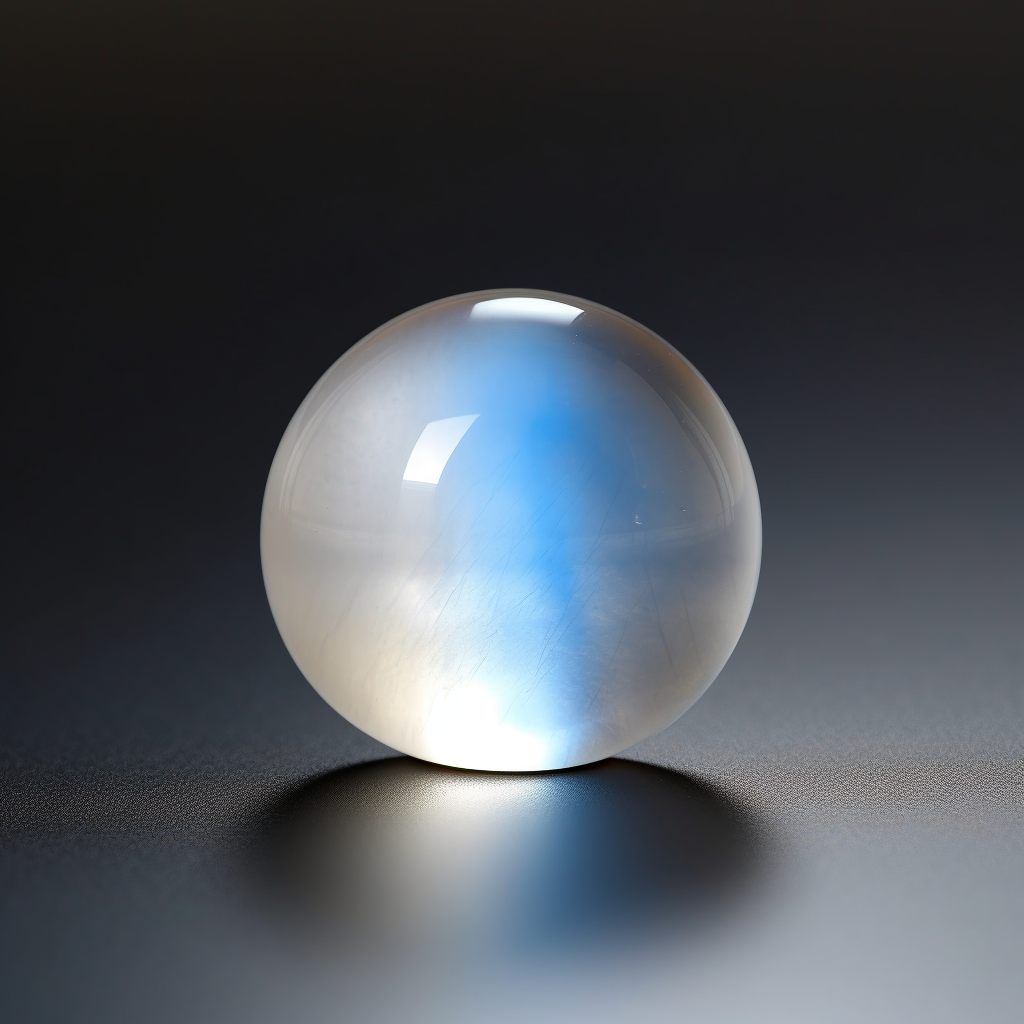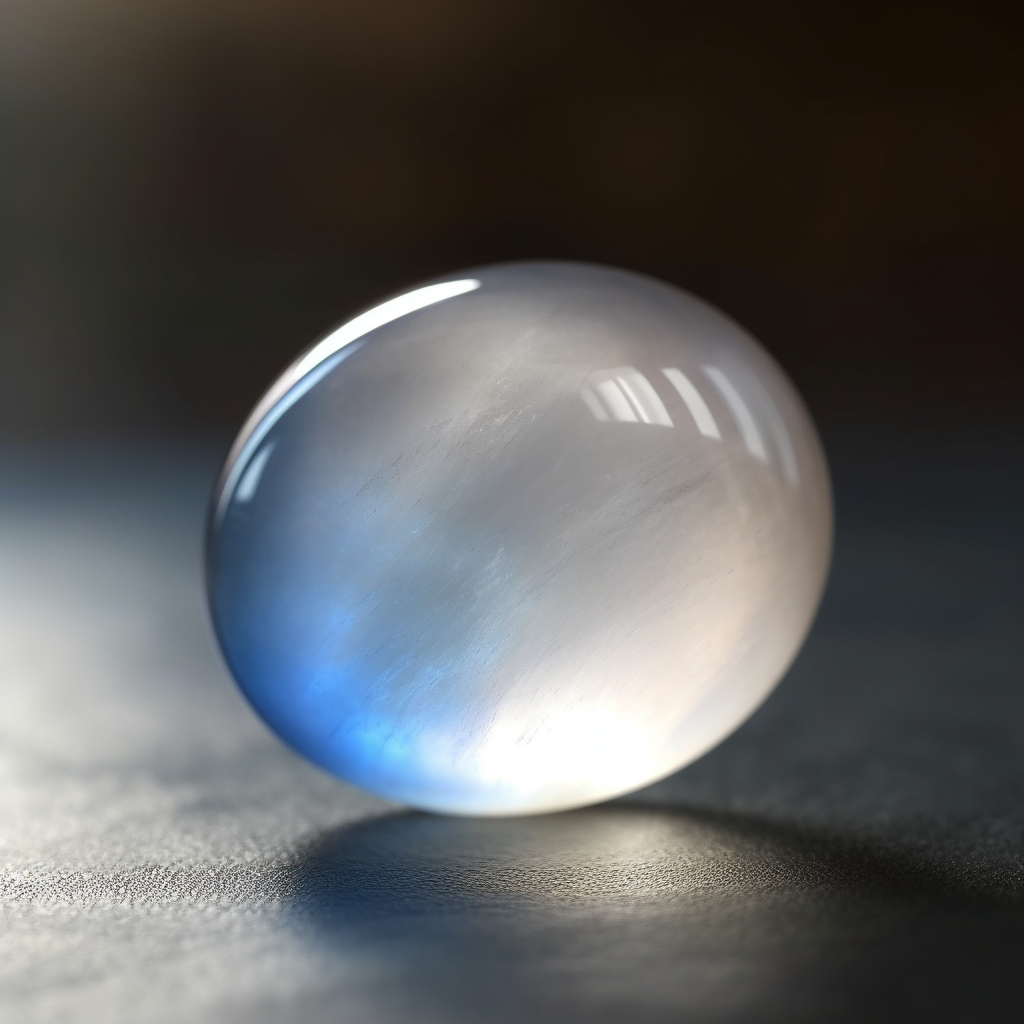Types of Moonstone.
21st May 2023
Variety of Colors and Phenomena: Moonstone showcases a captivating array of colors and unique phenomena, making it a gemstone of exceptional beauty and intrigue. While the most common color of moonstone is a milky white or colorless variety, it also occurs in various other hues, each with its own charm and appeal.

- White Moonstone: The classic and widely recognized color variety of moonstone, white moonstone exhibits a translucent to opaque appearance with a pearly white or creamy base color. This variety often showcases the adularescent glow, with the play of light creating a shimmering effect on the surface.
- Peach Moonstone: Peach moonstone is renowned for its delicate and warm peach or pinkish-orange hue. This variety offers a subtle and romantic color option, often with a gentle and soft adularescence that adds an enchanting touch to the gemstone.
- Gray Moonstone: Gray moonstone displays a range of gray tones, from light silver-gray to deeper charcoal shades. This variety carries a sense of mystery and elegance, and when combined with the adularescent glow, it creates a captivating play of light and color.
- Blue Moonstone: Blue moonstone is a rare and highly sought-after variety known for its captivating blue hues. The presence of tiny inclusions of other minerals, such as albite, can give rise to the blue coloration. Blue moonstone often exhibits a strong adularescent effect, with the blue sheen shimmering across the gemstone's surface.

In addition to the variety of colors, moonstone also presents other fascinating phenomena that enhance its allure:
- Adularescence: As discussed earlier, adularescence is the optical phenomenon that gives moonstone its characteristic glow. The sheen seems to float beneath the surface, creating a captivating play of light and movement.
- Chatoyancy (Cat's Eye Effect): Some moonstones exhibit chatoyancy, also known as the cat's eye effect. This phenomenon is characterized by a luminous band of light that moves across the gemstone's surface, resembling the eye of a cat. It is caused by the presence of aligned needle-like inclusions that reflect light in a straight line.
- Asterism (Star Effect): Certain rare moonstones display asterism, a phenomenon where a star-like pattern appears on the surface of the gemstone. This effect is caused by the presence of needle-like inclusions that intersect to form a star-shaped pattern when light is reflected.
The geological and mineralogical factors that contribute to the occurrence of different colors and phenomena in moonstone are intriguing. Variations in the mineral composition, inclusion types, and internal structures of the gemstone influence the visual characteristics, making each moonstone a unique and mesmerizing work of nature's art.

